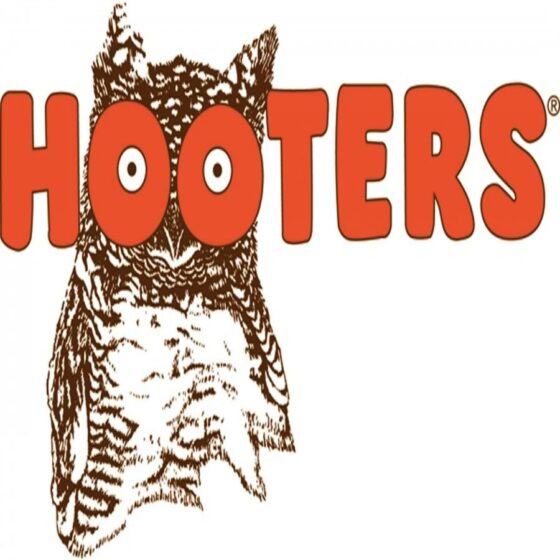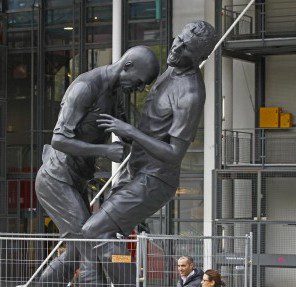
Pau Gasol reminds me of Big Bird. Maybe if the Lakers didn’t have bright yellow in their uniforms I wouldn’t make this connection, but with the yellow, the Sesame Street association is unavoidable. Gasol is gangly, tall, with feathery hair and a mighty beak. Also, there’s something delicate and birdlike about Gasol’s game—he can throw an elbow, sure, but from what I’ve seen he doesn’t play like most other NBA big men. He’s quicker, more nervous, and I imagine he learned how to flop from European soccer stars, not other basketball players. Gasol, a 7-footer born in Spain in 1980, has won championships and awards in Europe (FIBA Player of the Year, 2008). He’s made the Lakers relevant again, helping to guide them (with the assistance of Kobe Bryant) into the NBA finals for the second straight year.

So why can’t I root for Pau Gasol? I like Big Bird. And I used to love watching the Lakers when Magic Johnson was in his prime; the very uniform Gasol wears, in its yellow and purple glory, should inspire some trust in me.
But I’m not feeling it.
Part of the problem is Gasol’s super-deluxe All Star teammate Kobe Bryant. It is way more fun to root against Kobe than to root for him. This was true even before Kobe was charged with felony sexual assault in 2003. The charge was dropped, but Kobe Bryant never explained himself entirely satisfactorily (he once said of his 19-year-old accuser, “Although I truly believe this encounter between us was consensual, I recognize now that she did not and does not view this incident the same way I did”).
Easy as it is to root against Kobe, though, I think my real problem is with the very notion of professional basketball. These days I much prefer NCAA basketball, March Madness especially. In college basketball, all the games matter, at least to the players. Most of them will never make it to the pros—they can sense their own sports mortality. NBA players, on the other hand, are more like Greek gods, gifted with extraordinary powers but only able to focus when a particular prize catches their eye. Mid-season NBA match-ups are often plain boring, while the much shorter college season is more meaningful precisely because of its limited time-frame. The NBA finals provide a natural corrective to the too-long pro post-season—finally, we’re on the verge of declaring a winner. But by this point in the season I’ve already lost interest.
Lost interest in the NBA, I mean, not in basketball itself.
Yesterday afternoon I stopped to watch part of a tournament game at the West Fourth Street basketball court in Greenwich Village. This court is called the Cage, because it’s hemmed in by high metal fencing. The court is smaller than regulation, so the players have to work in very tight spaces. A guy with a megaphone sits at a table next to the court, making announcements and observations about the action of the game, and all around the outside of the fence passersby stand and watch—close enough to the players so that you can see them seeing you during pauses and free throws. In the game I saw, both teams had quick, skillful players. When there was a foul you could hear the slap of it, and when there was a basket it never felt inevitable, there was always a tinge of grace and luck involved in the ball’s path down through the rim. Watching basketball on TV, or from far up in the arena, takes away some of the evidence of effort. In the Cage, every effort is apparent—the ball is both chalice and albatross.
 I know it’s easy to overstate the romance of streetball, the gritty urban allure of the asphalt court. But part of the appeal of that setting is that it provides basketball without All Star distractions—no four million dollar purple diamonds, that’s for sure. Apparently the summer tournament at the Fourth Street Cage was founded by Kenny Graham, a former limousine driver who loved hoops and wanted to make a safe haven for the game in the middle of the city. Over the years future pros like Dr. J, Mario Elie and Anthony Mason have honed their skills in the Cage on their way to NBA glory. Watching competitive streetball at a place like the Cage brings you in contact with the elemental difficulty of playing a sport well. In our era of highlight reels and snarky Sports Center witticisms, that’s an easy thing to forget.
I know it’s easy to overstate the romance of streetball, the gritty urban allure of the asphalt court. But part of the appeal of that setting is that it provides basketball without All Star distractions—no four million dollar purple diamonds, that’s for sure. Apparently the summer tournament at the Fourth Street Cage was founded by Kenny Graham, a former limousine driver who loved hoops and wanted to make a safe haven for the game in the middle of the city. Over the years future pros like Dr. J, Mario Elie and Anthony Mason have honed their skills in the Cage on their way to NBA glory. Watching competitive streetball at a place like the Cage brings you in contact with the elemental difficulty of playing a sport well. In our era of highlight reels and snarky Sports Center witticisms, that’s an easy thing to forget.


